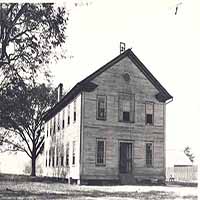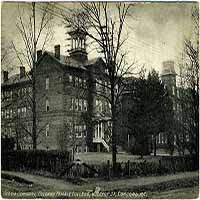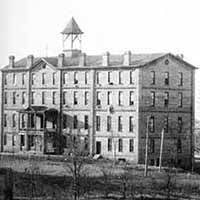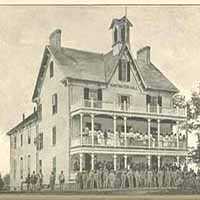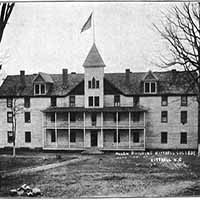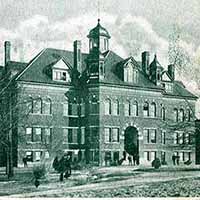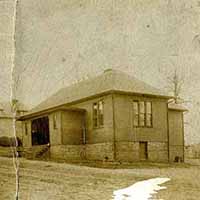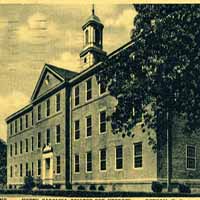
Have you ever heard the term HBCU?
It stands for Historically Black College and University. They are schools that opened to teach African American students beginningin the 1800s. In the 1800s most colleges and universities HBCUs started as schools where students learned a trade or trained to be teachers. These schools also played an important role in the fight for racial justice.
In total, there are 107 HBCU’s in the United States. North Carolina has been home to 12 HBCUs, and 11 are still open today. Shaw University in Raleigh is the oldest in the South. HBCUs in North Carolina are well-known for their contributions to social justice movements. Students from Bennett College and North Carolina A&T in Greensboro launched the sit-in movement at the Greensboro Woolworth lunch counter in 1960. This movement helped bring an end to racial segregation at lunch counters. Many HBCU students also participated in the Civil Rights and Black Power movements. They partnered with students from nearby Black high schools tolaunch local protests. Their protests helped make North Carolina more equal for all people.
HBCUs continue to help African Americans today. One way is through music, especially with their marching bands. Marching bands entertain and show the value of hard work. Fayetteville State University’s band, “The Marching Bronco Express" works with younger musicians. And their performances bring people together.
What issues do you think are important to students today? What instrument would you want to play in a marching band?
Interactive timeline of the history of North Carolina's HBCUs
Access NCpedia articles on North Carolina's HBCUs below

